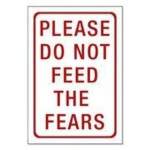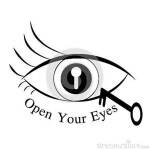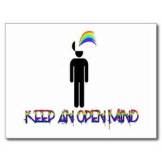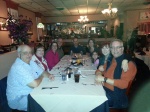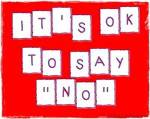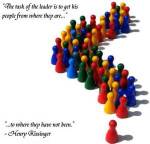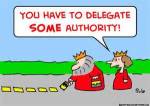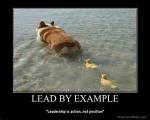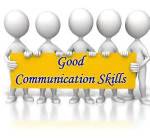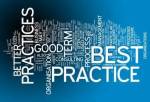 “Life is not about how fast you run, or how high you climb, but how well you bounce.”
“Life is not about how fast you run, or how high you climb, but how well you bounce.”
The world is filled with obstacles and situations that cause us stress. How is it that some people are felled by criticism, failure, or change and others seem to take a deep breath, dust themselves off and keep right on going? One word: RESILIENCE
Resilience is the ability to rebound from a crisis or any situation that threatens to pull you off course. While fear and resistance to change may hold some back, resilience can help you rebound. Back in the day, it was believed that you either had it or your didn’t. The good news is that it is not innate. Resilience can be learned!
How? Here are four strategies research supports in terms of becoming more resilient:
- Get connected. Resilient people use social support (not necessarily social media) to help them through the rough times.
 They open up to family or friends and allow others to help them get through the tough times life can serve up. Who can you tell your troubles to without fearing judgment? Do you have a “person”? And whose “person” are you?
They open up to family or friends and allow others to help them get through the tough times life can serve up. Who can you tell your troubles to without fearing judgment? Do you have a “person”? And whose “person” are you?
- Practice optimism. Numerous research studies show how negative thinking can become a habit. What spin do you put on your experiences? When your thoughts turn negative, challenge yourself to re-frame the situation in more positive terms.
 Resilient people challenge themselves to re-frame situations. One could say they look for the silver lining. But don’t think they’re “Pollyanna”. They don’t deny the gravity of a situation; they acknowledge the reality of what’s happening and then seek another way to look at the situation.
Resilient people challenge themselves to re-frame situations. One could say they look for the silver lining. But don’t think they’re “Pollyanna”. They don’t deny the gravity of a situation; they acknowledge the reality of what’s happening and then seek another way to look at the situation.
- Stay healthy. Often when things get tough we’re tempted to turn to “too much”. Too much food, too much alcohol, too much sleep, too much work. People with higher levels of resilience turn to exercise, healthy foods, plenty of water, and 7-8 hours of sleep. They know that every situation is more tolerable and you can think more clearly when you feel healthy and are rested.
- Explore the spiritual. Spiritual doesn’t necessarily mean religion. It can mean a sense of “we are all in this together.” It can be opening yourself to the wonders of nature, the calm of meditation, or the peace of silence.
Resilience does not eliminate stress or erase life’s difficulties. At a certain age we realize that life isn’t fair, bad things happen to good people, and each of us will eventually have to dance with adversity. Resilience gives you a hand getting up when life knocks you down.
Don’t wait until the next time life deals you bad cards. Start beefing up your resilience now by answering the following questions.
- How can you better connect with someone at work?
- Who can you turn to for support when things get dark?
- How can you re-frame a bad situation? Look back at an old crisis. From the safety of time, can you determine another way to see the situation?
- What is one healthy habit you can commit to?
Jerilyn Willin is a career strategies coach, workshop facilitator, and professional speaker. She works with individuals in transition in their careers and from their careers to the next stage of life. http://www.jerilynwillin.com









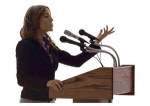

![FullSizeRender[1]](https://speakerwritercoach.files.wordpress.com/2016/04/fullsizerender11.jpg?w=150&h=98)



![FullSizeRender[2]](https://speakerwritercoach.files.wordpress.com/2016/04/fullsizerender2-e1459528640129.jpg?w=183&h=127)


